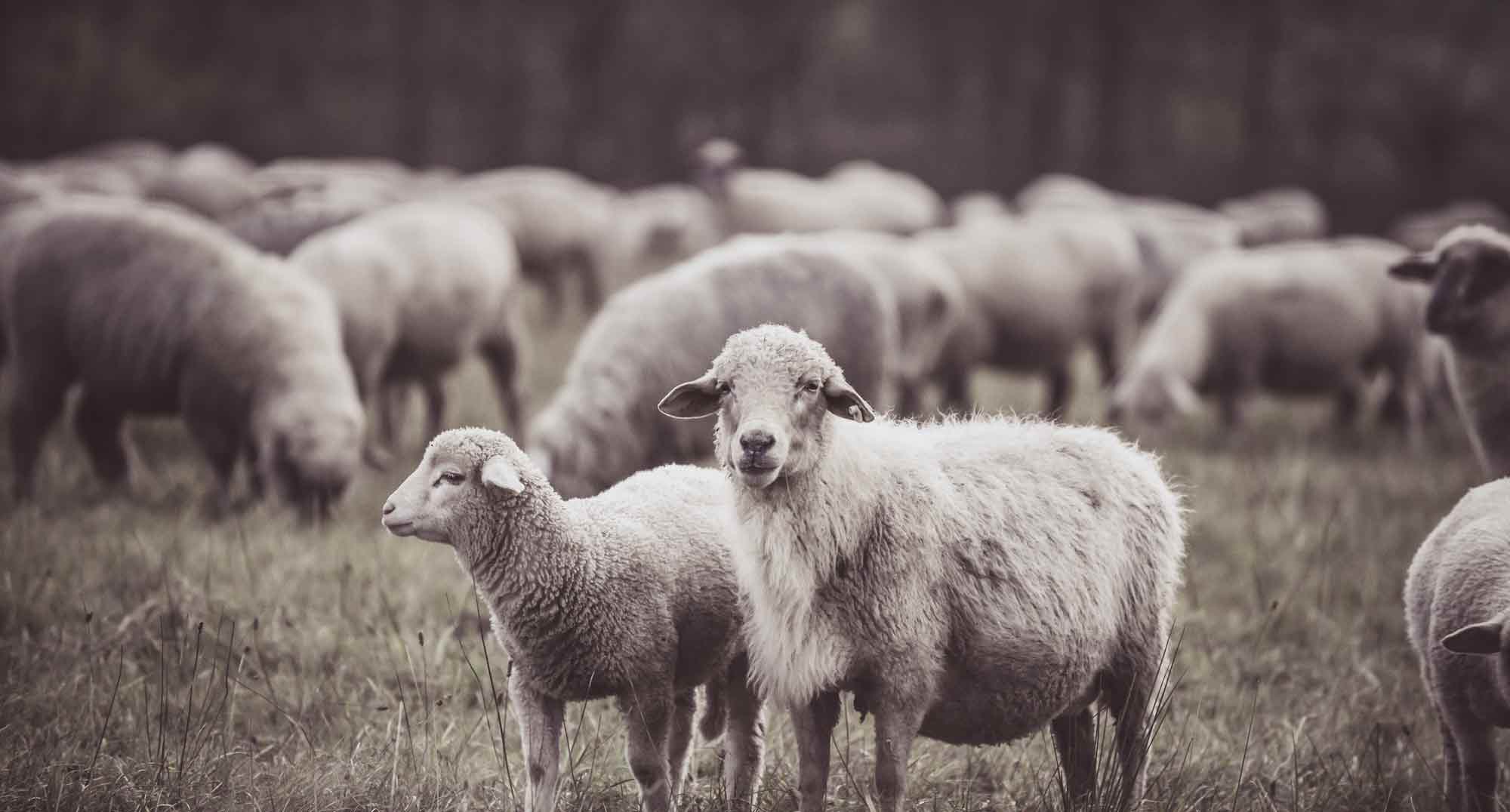ELIZABETH HARWELL|GUEST
In 2011, our family moved to another state so that my husband, Andrew, could pioneer a new ministry on a college campus. Though unplanned, this change in address also brought a change in our denomination. On one of our first Sunday mornings in our new town, we sat down in the pews of First Presbyterian Church, and I gave my husband’s hand a squeeze. He nodded knowingly in agreement. This was going to be our home.
Except one (big) problem for these two Southern Baptists: What to do about infant baptism? I loved the liturgy, agreed with the theology, but I had some problems with the sprinkling of those babies. Did the parents presume these were saving waters? Did they think this was their child’s ticket to salvation to be cashed in at confirmation class? Was it all just a stuffy tradition?
Very slowly, I began to intellectually understand why one would choose to baptize their children. I understood the concept of the visible church (church membership) and the invisible church (redeemed hearts). I could make the links between circumcision in the Old Testament with baptism in the New, and I could see how baptism was now a marker showing who belonged to this visible church. I saw no interruptions in Scripture, where families were traditionally dealt with as households. And this made sense to me—that because my children lived in a household of faith, they were set apart in some way. Baptism was a sign to the world and to our children that they were a significant part of the church; they belonged there.
But then there was a moment when all of this clicked in my gut, which was a different sort of understanding. A pastor said something to me that changed my whole perspective on my children’s place in the church. He said that one of the best things that we can do for our children is this: Make sure they don’t feel as though we are pushing them outside the gates of the church, and then asking them to find their way back in. They should hear the gospel with clarity, while experiencing the safety of a covenant community. That image of my children being welcomed into the gates of the church settled my heart and gave me a new picture to understand what it meant for them to be in a covenant family. His words stirred my imagination to think about Jesus being mine and Andrew’s good shepherd, and what followed was that my children, being under our care, were also under His care. Our children were in the pasture with us, even if they didn’t yet know Jesus as Savior.
When our second child was baptized, I put this metaphor into words on a blog post. I wrote that because Andrew and I were living under the care of our shepherd, Jesus, we believed our children were living under His care, too. Jesus nurtured our family with the grace of green pastures and still waters, and— by his mercy— our children were not living on the outside of the gate looking in. They were with us in the midst of the visible church. Here, in this metaphorical pasture, we would sing the love songs of our shepherd over them and wait in great hope for the day when they would hear His voice and respond in faith—embracing all of the promises of Jesus that were spoken over them at their baptism.
Story and imagination have the ability to sink truth down deep into our bones. And so, after sharing this post, I had several people tell me that the image of sheep in a pasture helped them to make sense of covenant baptism for the first time. I was thrilled to be able to help other parents understand covenant baptism, but I also longed to give my children words, and especially pictures, that would help them to understand what their own baptism meant. This was the birth of The Good Shepherd’s Pasture: A Story of Your Baptism, which is a picture book that gives our children (and us, as their parents), this accessible metaphor to explain their baptism. It’s also meant to be read as a prayer over them.
As a parent, I find myself clinging to Isaiah 40:11, “He tends his flock like a shepherd: He gathers the lambs in his arms and carries them close to his heart; he gently leads those that have young.” This is a truth that I’m actually desperate for: that I am not my child’s best shepherd. Actually, I’m just the mama sheep. As our children are taken into the arms of their pastor at their baptism, we can be reminded of their Good Shepherd, Jesus, who is gathering and clasping them close against His chest. And we can rest in that promise that He is gently leading us, too.
About the Author:
Elizabeth Harwell
Elizabeth Harwell is the wife of a pastor, the introverted mother of three extroverts, and a lover of words. Kentucky is her childhood home— so, as expected, bluegrass is her music of choice and Wendell Berry has a rotating stack of writings on her nightstand. She and her husband, Andrew, spent the first ten years of their marriage on staff with a campus ministry and are now pivoting toward church-planting in the northern suburbs of Atlanta, Georgia. Elizabeth is the author of The Good Shepherd’s Pasture: A Story of your Baptism, a children’s book about covenant baptism. When she’s not writing, you may find her hiding in the pantry with a dark chocolate bar, therapeutically cleaning her house, or trying to read poetry to her children while they pelt her with NERF gun bullets.

